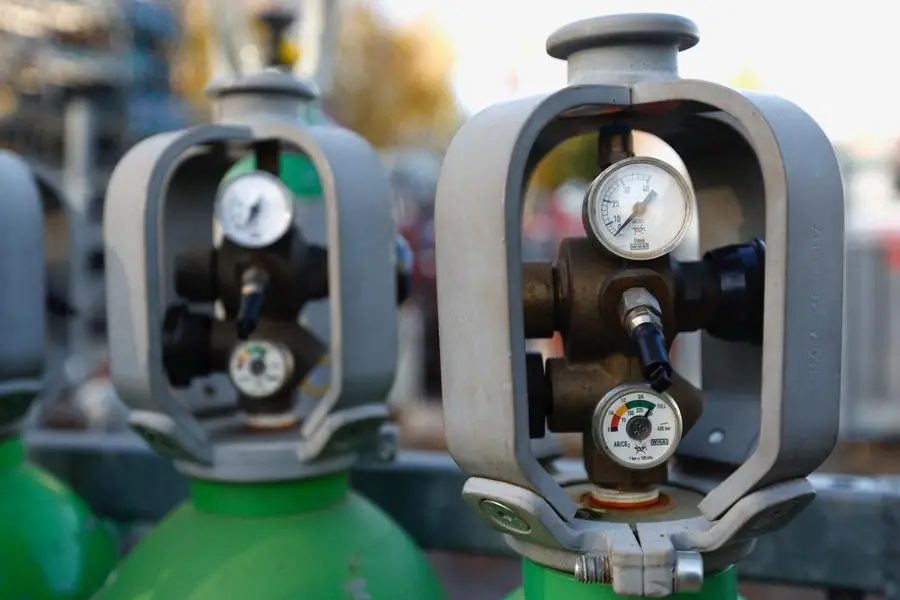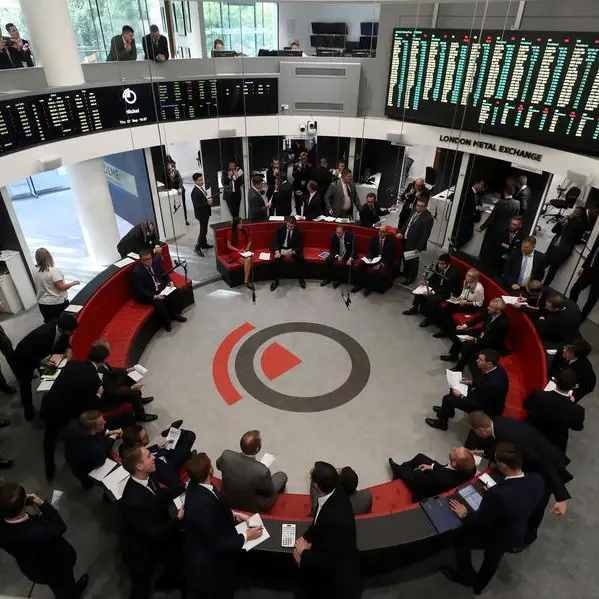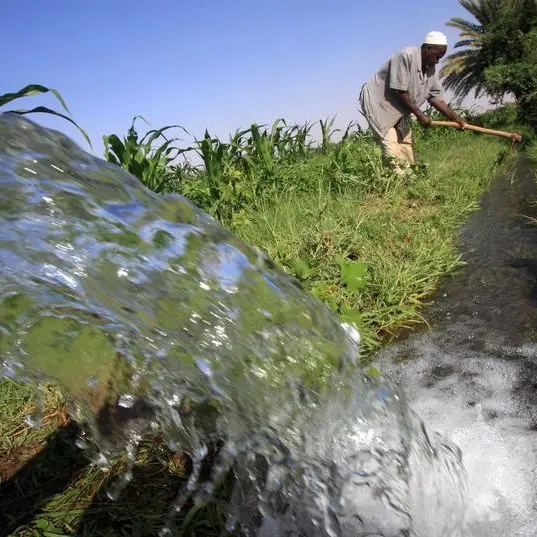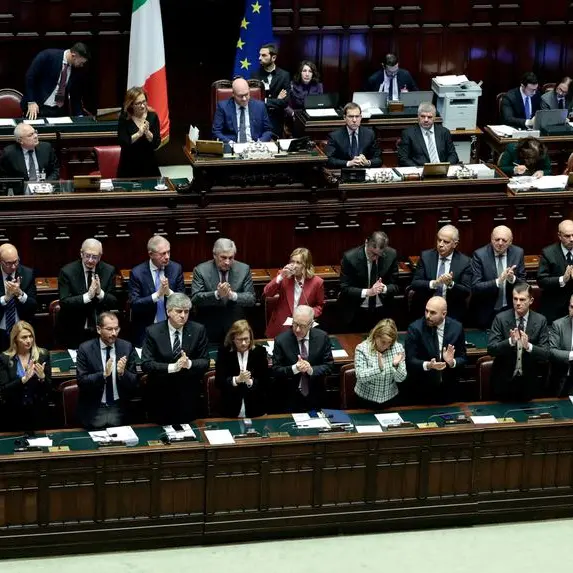PHOTO
LONDON - Europe’s gas storage is filling more slowly than normal this summer, which has reduced the probability space will run out before the onset of the main winter heating season.
Inventories across the European Union and the United Kingdom stood at 908 terawatt-hours (TWh) on July 8, according to data compiled by Gas Infrastructure Europe (GIE).
Stocks had climbed by 238 TWh since winter ended on March 31, slower than 272 TWh over the same period last year and the ten-year seasonal average of 314 TWh.
As a result, inventories were 200 TWh (+28% or +1.51 standard deviations) above the ten-year seasonal average but the surplus had narrowed from 277 TWh (+70% or +2.03 standard deviations) on March 31.
Storage was just under 80% full on July 8, above the ten-year average of 64%, but in line with 2023 and below the record fill during the pandemic in 2020.
Chartbook: Europe gas storage and prices
The storage season is approaching the half-way point, with stocks increasing for 99 days so far since the post-winter low on March 31, compared with an average duration for the season of 209 days over the last ten years.
Based on patterns over the last decade, storage is projected to reach 1,204 TWh before winter depletion begins in late October or early November.
Projected storage still exceeds the maximum technical capacity of the system around 1,145 TWh so injections will need to remain lower than usual.
But projected storage peak has shrunk from 1,280 TWh on March 31 showing how much adjustment has already occurred.
Storage additions will need to remain a bit slower than usual to prevent space running out.
Storage typically peaks around Oct. 27, but there has been considerable variation, depending on autumn temperatures and gas prices.
Since 2011, pre-winter inventories have peaked as early as Oct. 9 (in 2016) or as late as Nov. 13 (in 2022), according to GIE data.
Futures contracts for October and November 2024, covering the peak storage period, have traded in a consistent contango of 2 euros to 3 euros per megawatt-hour since the start of the year.
The persistent discount for October signals the continuing need to slow additions and defer liquefied natural gas (LNG) imports as much as possible until November, when the winter drawdown begins.
John Kemp is a Reuters market analyst. The views expressed are his own. Follow his commentary on X https://twitter.com/JKempEnergy
(Editing by Mark Potter)























